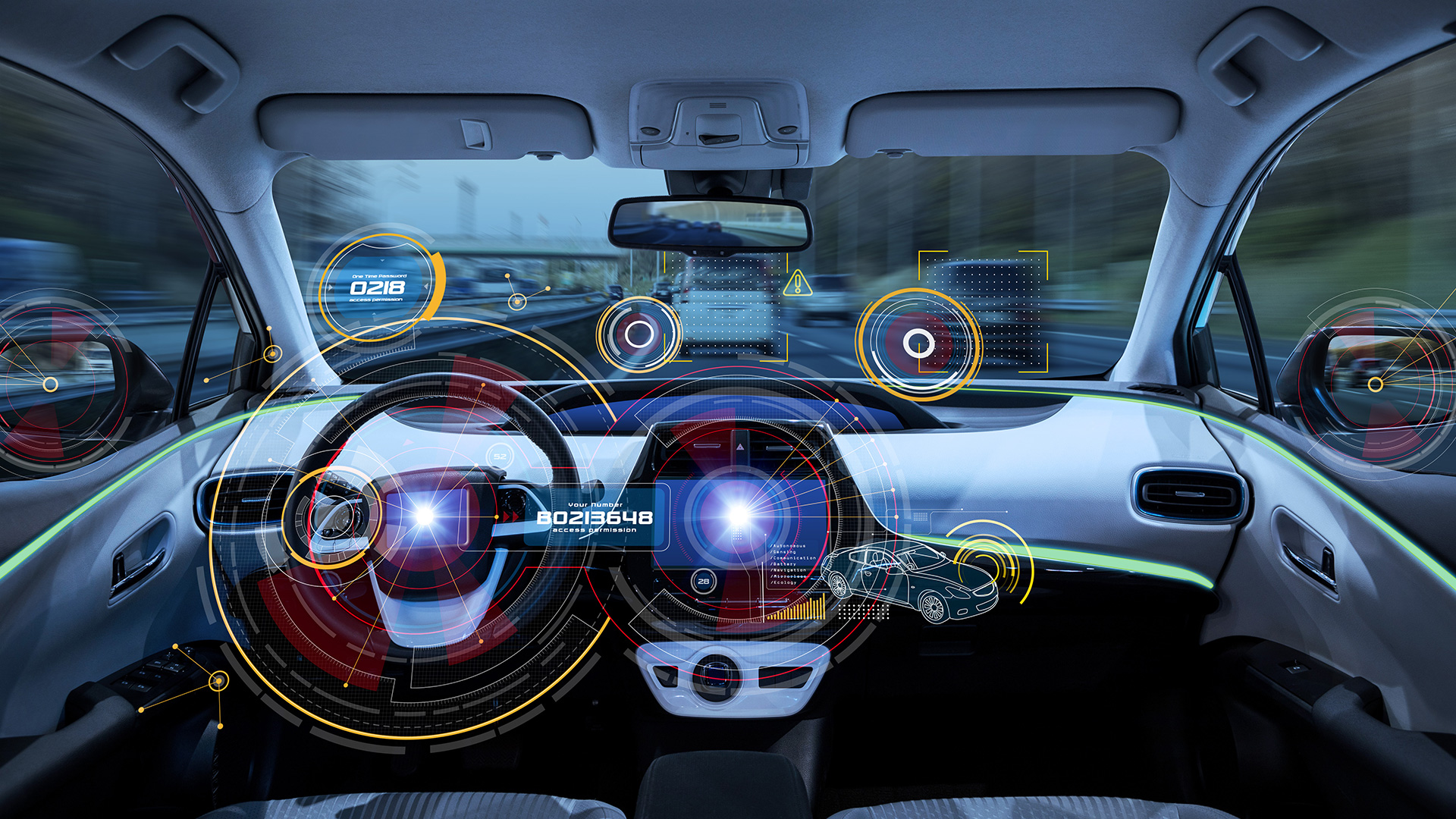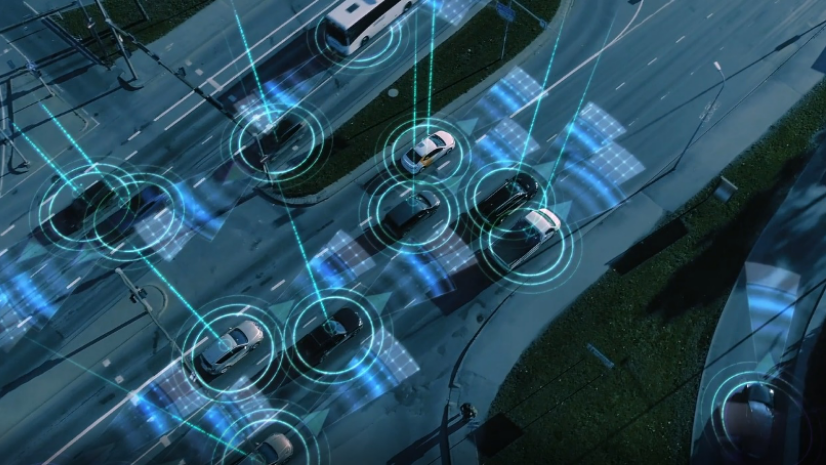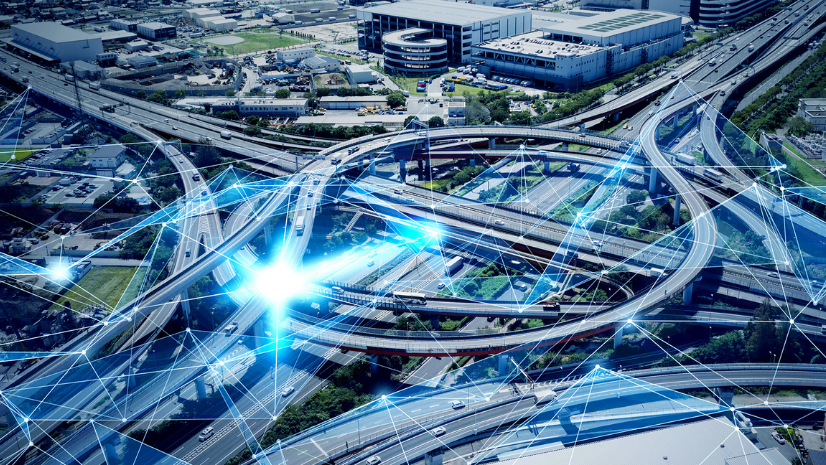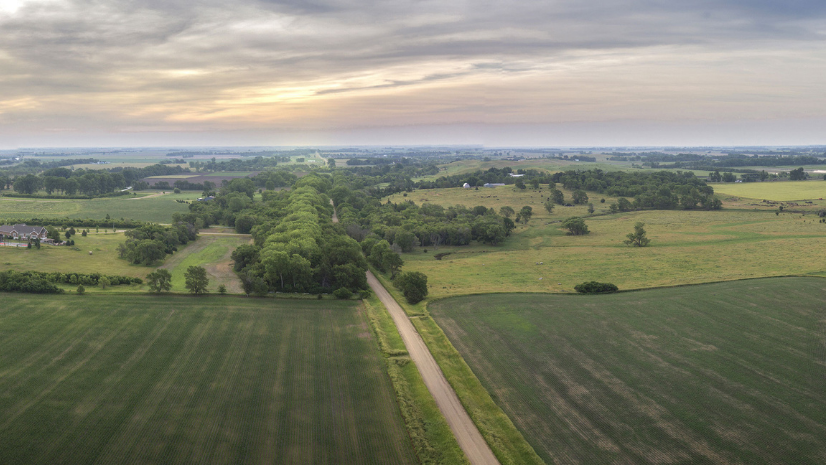It is with great trepidation that I wade into the current discussion about autonomous vehicles (AVs) and their impact on our future transportation systems. But let me say this: hand-in-hand with the move away from carbon, we need to greatly accelerate the adoption of autonomous navigation in our transportation systems. I say this not because I am enamored by the thought of autonomous vehicles delivering people to their offices in urban centers or driving elderly passengers to shopping or doctor appointments but, rather, for a more tactical reason. Autonomous navigation is built around a constellation of technologies that will be essential to master in the world of the future, and these are technologies that the US should lead in. Much like the prosperity of the post-World War II period, a bold vision of research and investment in the transportation systems of the future could reestablish the US as a leader and drive greater economic benefits that are more widely shared.
Advancing from our current level 2 (partial automation, where the driver maintains ultimate control) to level 5 (full automation, where no human driver input is needed) will require significant developments in a number of technologies, which will increasingly define large aspects of our modern world. Level 5 automation will necessitate considerable improvement in sensor technologies, as autonomous navigation relies on a combination of passive (cameras) and active sensors. The active sensors are all based on different types of time-to-flight technologies, and each—whether sonar, radar, or lidar—has its strengths and weaknesses when it comes to enabling automation. As a result, most approaches to automation are dependent on integrating a combination of these technologies to meet the full spectrum of automation requirements. Because of the need for better and more robust sensor technologies, greater investment in R&D in these areas would yield greater downstream benefits.

Second, most analysts believe that full automation will require advancements in Global Navigation Satellite System (GNSS) accuracy; in the development of a new generation of high-definition maps; and in the creation of new algorithms leveraging artificial intelligence, machine learning, and more sophisticated forms of deep learning. An autonomous vehicle needs to be able to locate itself with high precision in all conditions and map the world around it in three dimensions. What is known as simultaneous location and mapping (SLAM) allows the car to know where it is and how to safely navigate through the network. Greater accuracy in SLAM is achieved through a series of algorithms that bring together the position information with the data from various sensors to allow the vehicle to “see” its way forward.
Those algorithms require artificial intelligence (AI) and machine learning technologies—including, increasingly, deep learning techniques—which, again, will further define technology advancements in the modern era. Greater research and investment in various neural network technologies, together with deep reinforcement learning, will provide significant spillover effects into other industries across the board.
Given the computing requirements of autonomous vehicles and the need for increased power to perform such processing, greater research in AV technology will drive innovation in advanced chip development and in battery improvements for powering such vehicles. In addition, advancing to higher levels of automation will help spur progress in communication networks and technologies, as well as cloud computing, required for vehicle-to-vehicle and vehicle-to-infrastructure communication. Autonomous navigation is at the intersection of a number of technologies, which, taken together, will be critical for maintaining scientific and commercial excellence. This would be the greater benefit of increased R&D in autonomy.
Safety and Mobility—Other reasons to invest in R&D revolve around significant gains in safety, together with the potential for greater gains in mobility. Currently it is estimated that autonomous vehicles could reduce traffic fatalities by over 90 percent, which would translate to just under 350,000 lives saved per decade in the US. In addition to saved lives, a National Highway Traffic Safety Administration (NHTSA) study showed motor vehicle crashes in 2010 cost $242 billion in economic activity, including $57.6 billion in lost workplace productivity and $594 billion due to loss of life, and decreased quality of life as a result of injuries (https://www.nhtsa.gov/technology-innovation/automated-vehicles-safety). Avoiding those social costs serves to increase the total social value of autonomous vehicles considerably. And bringing down the price of the technology to make it affordable to the less developed areas of the world could yield even more saved lives and economic advantages.

Of equally significant benefit are the possibilities that AVs offer to people with impaired vision or other physical limitations, the elderly, and those with cognitive and behavioral disorders. For them, autonomous vehicles open up the potential for a degree of personal independence that is presently unavailable. According to the Shared-Use Mobility Center, it is estimated that roughly 20 percent of the US population (57 million) have a disability; and of those, at least 6 million have difficulty getting the transportation they need. In addition, autonomous vehicles could provide the first and last mile (and shorter) connectivity to transit, increasing mobility options for disabled persons, seniors, and children.
Autonomous Vehicles and Urban Form—There is a lively debate in the urban planning community as to whether autonomous vehicles will further degrade our already congested cities. As one analyst remarked, “There is a great deal of concern that AVs may encourage sprawl, but they also provide potential opportunities for ‘sprawl repair.'” (https://bit.ly/2DiFTeh) In this regard, planners and others can have a significant impact on the way autonomous vehicles are implemented in their respective cities and can help guide or mitigate their effects on urban form.
In the first instance, a great deal will be determined by whether autonomous vehicles follow a shared-use model (resulting in fewer cars and less congestion) or whether private ownership of single-occupancy and zero-occupancy vehicles will be the pattern (resulting in more cars, more congestion, and the degradation of other transportation modes). For this reason, researchers have advocated for three transportation revolutions—automation, electrification, and shared mobility—as ways to mitigate the negative impacts.
In this respect, planners (working with others) have an important role to play in helping communities maximize the benefits and minimize the negative impacts of the technology. A number of cities have come to recognize they need to formulate a more comprehensive (and integrated) transportation system for their cities. If effective public transportation serves as the core of a dynamic, multimodal system, autonomous vehicles could play a critical role in providing first- and last-mile services, which could serve to reduce congestion in urban cores. “Forward-thinking cities and regions could create mobility hubs to aggregate and provide seamless transfer across a growing number of options and partnership models.”(https://bit.ly/2DiFTeh)
Looking ahead, the conversion of land currently devoted to vehicle parking in cities could be repurposed into much more productive uses, and estimates are that construction costs could be reduced by 20–25 percent if structural parking were eliminated. When carefully planned and regulated, autonomous vehicle technology has, as one analyst noted, “the potential to transform transportation systems and land-use patterns to a level not seen since the mass production of the private automobile roughly a century ago”. It is up to planners and others to ensure that the outcomes of autonomous vehicle technology stay on the mainly positive side of the ledger and to avoid some of the more negative impacts on cities.

Networks of the Future—Finally, I would be remiss if I left out discussion of what are emerging to be the transportation networks of the future: the air corridors that will be used for deliveries and air taxi services. In January, the Federal Aviation Administration (FAA) reported that six companies are “well along” in pursuing certificates for “urban air mobility” vehicles to fly human passengers, and four have said their aircraft will be autonomous. And while the schedule has slipped, Amazon and other online merchants are still planning on using unmanned aerial vehicles (UAVs) for small package deliveries. Increasingly, cities are working to define these future transportation corridors based on land use and to maximize safety and mitigate potential negative effects. Investments in the core technologies outlined earlier will only help speed up development of these new transportation options and will need to be carefully planned and constrained—much like autonomous vehicles—to ensure the greatest societal benefit.




